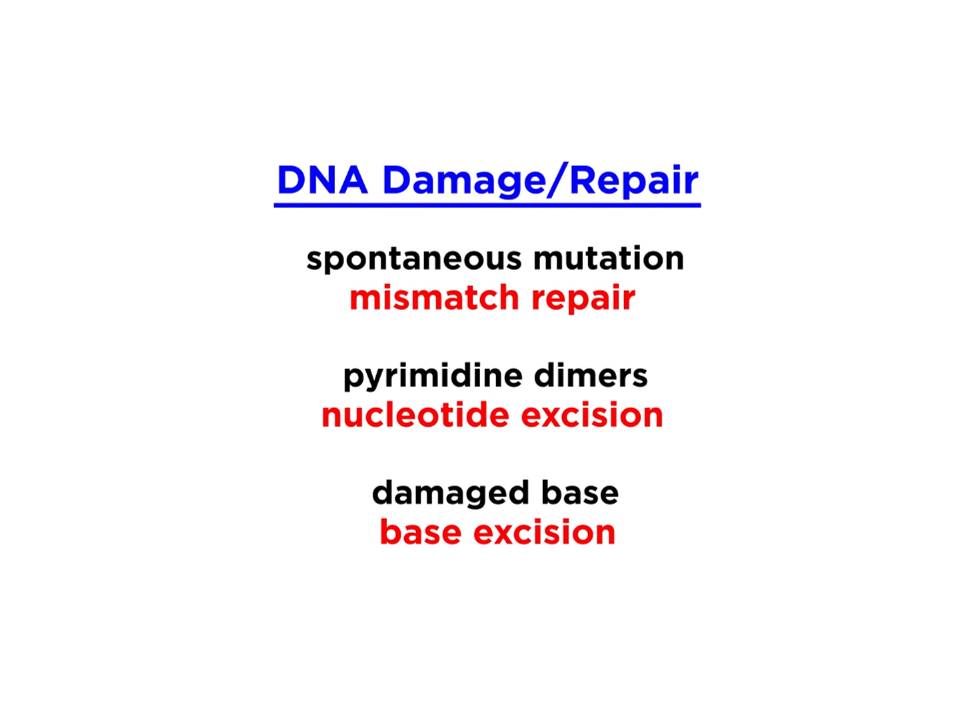[1]
McKay MJ, Craig J, Kalitsis P, Kozlov S, Verschoor S, Chen P, Lobachevsky P, Vasireddy R, Yan Y, Ryan J, McGillivray G, Savarirayan R, Lavin MF, Ramsay RG, Xu H. A Roberts Syndrome Individual With Differential Genotoxin Sensitivity and a DNA Damage Response Defect. International journal of radiation oncology, biology, physics. 2019 Apr 1:103(5):1194-1202. doi: 10.1016/j.ijrobp.2018.11.047. Epub 2018 Nov 30
[PubMed PMID: 30508616]
[2]
de Camargo MS, De Grandis RA, da Silva MM, da Silva PB, Santoni MM, Eismann CE, Menegário AA, Cominetti MR, Zanelli CF, Pavan FR, Batista AA. Determination of in vitro absorption in Caco-2 monolayers of anticancer Ru(II)-based complexes acting as dual human topoisomerase and PARP inhibitors. Biometals : an international journal on the role of metal ions in biology, biochemistry, and medicine. 2019 Feb:32(1):89-100. doi: 10.1007/s10534-018-0160-0. Epub 2018 Nov 30
[PubMed PMID: 30506342]
[3]
Karzai F, VanderWeele D, Madan RA, Owens H, Cordes LM, Hankin A, Couvillon A, Nichols E, Bilusic M, Beshiri ML, Kelly K, Krishnasamy V, Lee S, Lee MJ, Yuno A, Trepel JB, Merino MJ, Dittamore R, Marté J, Donahue RN, Schlom J, Killian KJ, Meltzer PS, Steinberg SM, Gulley JL, Lee JM, Dahut WL. Activity of durvalumab plus olaparib in metastatic castration-resistant prostate cancer in men with and without DNA damage repair mutations. Journal for immunotherapy of cancer. 2018 Dec 4:6(1):141. doi: 10.1186/s40425-018-0463-2. Epub 2018 Dec 4
[PubMed PMID: 30514390]
[4]
Seplyarskiy VB, Akkuratov EE, Akkuratova N, Andrianova MA, Nikolaev SI, Bazykin GA, Adameyko I, Sunyaev SR. Error-prone bypass of DNA lesions during lagging-strand replication is a common source of germline and cancer mutations. Nature genetics. 2019 Jan:51(1):36-41. doi: 10.1038/s41588-018-0285-7. Epub 2018 Dec 3
[PubMed PMID: 30510240]
[5]
Akiyama M, Yamaoka M, Ohyama W, Yokoi K, Ashizuka S, Aizawa D, Ikegami M, Suzuki H, Ozaki K, Ida H, Yuza Y. Genetic Profile and Microsatellite Instability in a Case of Secondary Esophageal Squamous Cell Carcinoma 12 Years After Allogeneic Hematopoietic Stem Cell Transplantation for Aplastic Anemia. Journal of pediatric hematology/oncology. 2020 May:42(4):302-306. doi: 10.1097/MPH.0000000000001355. Epub
[PubMed PMID: 30499911]
Level 3 (low-level) evidence
[6]
Majera D, Skrott Z, Bouchal J, Bartkova J, Simkova D, Gachechiladze M, Steigerova J, Kurfurstova D, Gursky J, Korinkova G, Cwiertka K, Hodny Z, Mistrik M, Bartek J. Targeting genotoxic and proteotoxic stress-response pathways in human prostate cancer by clinically available PARP inhibitors, vorinostat and disulfiram. The Prostate. 2019 Mar:79(4):352-362. doi: 10.1002/pros.23741. Epub 2018 Nov 29
[PubMed PMID: 30499118]
[7]
Piazza A, Heyer WD. Homologous Recombination and the Formation of Complex Genomic Rearrangements. Trends in cell biology. 2019 Feb:29(2):135-149. doi: 10.1016/j.tcb.2018.10.006. Epub 2018 Nov 26
[PubMed PMID: 30497856]
[8]
Minko IG, Christov PP, Li L, Stone MP, McCullough AK, Lloyd RS. Processing of N(5)-substituted formamidopyrimidine DNA adducts by DNA glycosylases NEIL1 and NEIL3. DNA repair. 2019 Jan:73():49-54. doi: 10.1016/j.dnarep.2018.11.001. Epub 2018 Nov 5
[PubMed PMID: 30448017]

